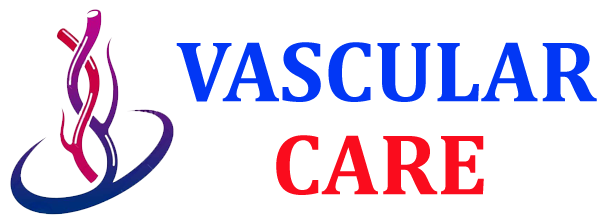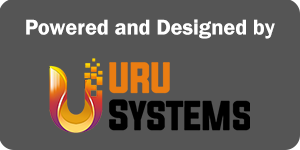Deep Vein Thrombosis
What is Deep Vein Thrombosis?
Deep vein thrombosis (DVT) happens when blood clots form in the deep veins (those buried under muscle and tissue, further from the skin), causing pain and swelling in an arm or leg. If untreated, these blood clots can break loose and travel to the lungs, leading to a life-threatening pulmonary embolism.
Learn more about the signs and symptoms of deep vein thrombosis, along with preventative steps and the treatments we offer to help get you back to normal life.
Causes Of Deep Vein Thrombosis
At Risk For Deep Vein Thrombosis
Since deep vein thrombosis happens because of blood clots, conditions that impact blood flow or clotting can increase your risk of developing DVT. Such conditions and other risk factors include:
- Age (especially 60+)
- Sedentary lifestyle, long periods of sitting or inactivity, or prolonged bed rest
- Injury or surgery
- Pregnancy
- Using oral contraceptives or hormone replacement therapy
- Obesity or overweight
- Smoking
- Cancer or chemotherapy
- Heart failure or pacemaker
- Family history of DVT or pulmonary embolism
- Inflammatory bowel disease such as Crohn’s disease or ulcerative colitis
- Genetic disorders such as factor V Leiden

Signs & Symptoms Of Deep Vein Thrombosis
Deep vein thrombosis is most common in the legs and usually causes leg pain or swelling, but it can also occur without any symptoms. Symptoms of DVT may include:
- Swelling in the affected limb(s)
- Leg pain (cramping or soreness)
- Red or discolored skin on the leg
- Warm feeling in the leg
- Enlarged superficial veins (those closer to the skin’s surface)
DVT can be dangerous if a blood clot breaks free and travels to the lungs, potentially causing a life-threatening pulmonary embolism. Seek emergency medical help immediately if you experience the following symptoms:
- Sudden shortness of breath or fast breathing
- Chest or back pain that worsens on deep inhale or cough
- Lightheadedness, dizziness, or fainting
- Rapid pulse
- Bloody or phlegmy cough
- Sweating more than normal
Diagnosing Deep Vein Thrombosis
There are several test and steps your provider will perform to diagnose deep vein thrombosis. The type of test your provider will choose to perform may depend on the area of your body that is of concern as well as your risk level for DVT. Most commonly, it can be diagnosed through an ultrasounds or a magnetic resonance imaging (MRI) scan.
We specialize in using venography. This special type of X-ray uses a contrast dye injected into the veins through the foot or ankle to find blood clots and blockages. Venography is even more accurate than ultrasound tests for diagnosing DVT.

Complications Of Deep Vein Thrombosis
Along with the risk of pulmonary embolism, DVT can also cause a complication called chronic venous insufficiency, where blood pools in the legs and may cause skin discoloration, sensitivity, or ulcers. Because of its potentially serious complications, it’s important to get screened for early diagnosis and treatment for deep vein thrombosis.
Treatment Of Deep Vein Thrombosis
At Vascular and Interventional Specialists, we provide minimally invasive procedures to diagnose and treat DVT, allowing you to return to normal life sooner and with less pain. Our procedures include:
- Catheter-directed thrombolysis – A clot-busting drug is injected via catheter into the affected area of the blood vessel to dissolve the blood clot(s) and mitigate the more serious side effects of DVT.
- Systemic fibrinolysis – Similar to catheter-directed thrombolysis, but in systemic fibrinolysis, the clot-busting medication is injected via IV into the bloodstream to help break down blood clots.
- Surgical embolectomy – A small incision is made into the affected blood vessel, and the clot is removed.
Prevention Of Deep Vein Thrombosis
Living a healthy lifestyle and staying active—especially for people who sit a lot or travel frequently—are the most important steps to help reduce your risk of developing blood clots and DVT. Preventative steps include:
- Avoid sitting still for long periods
- Stop smoking
- Get plenty of exercise
- Maintain a healthy body weight
Please Call Your Vascular Specialist to Schedule an Appointment
VIS is here to help. If you are at risk for Chronic Venous Disease or have experienced one or more of the signs & symptoms, please reach out to schedule a screening. We’ll walk this journey with you.
Contact us or call +923174123373 to schedule an appointment.
If you are experiencing chest pain or tenderness, back pain, persistent hoarseness when speaking, cough or shortness of breath, difficulty breathing, weakness or paralysis on one side of the body, sharp pain in your upper back that radiates downward, or pain in the chest, jaw, neck, or arms, seek urgent medical attention by dialing 911.



